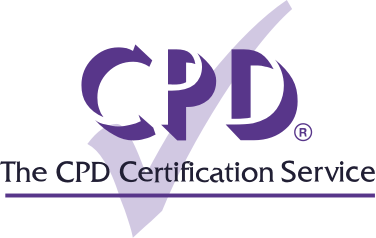A useful way to learn the basics of stock trading, is by enrolling in an online trading course. An online trading course will help you to understand certain trading platforms while learning more about potential investment opportunities and measuring your return. This article provides a simple introduction to what is online trading, how to get into online trading, should online trading be a hobby or a job role and where to find online trading CPD courses.
What is online trading?
Online trading is the process of buying and selling financial securities over the internet, usually done through an online broker. This was created to eliminate bulky paperwork, and streamline the process of trading. Online trading can be either short-term or long-term, the duration depends on your available funds, risk tolerance, and financial goals. Typically when online trading, users will trade stocks, cryptocurrencies, bonds, and other financial commodities.
There are two main types of stock trading: active and passive.
Active trading - A technical approach with the goal of capitalizing on short-term price fluctuations. Active traders are generally categorised based on the time period in which they hold their securities:
- Day trading - Day traders use any strategy that involves buying and selling stock over a short period of time such as a single day, minutes, hours or seconds.
- Swing trading - Swing trading involves buying securities, usually holding them for days or weeks.
Passive trading – Traders will buy assets based on overall longer term market trends, and sell when they believe the security hits its peak. Generally passive traders will trade less than active traders. Passive traders are more like long-term investors, following a buy-and-hold strategy.
How to get into online trading?
1. Open a trading account
The first step when getting into online trading is to find a broker to make your trades, so you'll want to look for one that you like and trust. To help you decide on a broker, you should choose one with the features and interface that complement your trading style. Other things to consider would be things such as fee structures, on-the-go accessibility and stock analysis tools.
2. Set your budget
A very important step would be to set a trading budget for yourself and make sure you stick to it. You can start trading with any amount that you are comfortable with, we would advise not touching any funds that you might need in the short-term, as you can’t guarantee having access to them at all times.
3. Learn the basic types of stock analysis
Trading well is very reliant upon your knowledge of technical analysis. Being able to make decisions based on stock price and historical market data as well as using fundamental analysis is very important to being successful. A technical analyst would usually look at statistical trends and patterns with charts, whereas a fundamental analyst will start by looking at a company's financial statements. Essentially, any time spent learning the fundamentals of stock trading is well spent.
4. Practice with a stock market simulator
Once you have started improving your analytical skills, you can easily put them in to practice. To start off stock trading without putting real money on the line, we would recommend trying virtual trading, or paper trading. Virtual trading allows you to test your trading skills in a low-stakes environment.
5. Plan your first trade
Once you have added funds to your brokerage account and completed the necessary prior learning, you should be ready to place your first trade. You should try to come up with a plan to help you maintain discipline and consistency as a trader. Keep in mind the time and effort you'll need to give each stock the attention it deserves.














